Guest Post: Anthony Sullivan – Britain’s War Against the Slave Trade
A Brief History of the Suppression Campaign
As detailed in my new book, Britain’s War Against the Slave Trade, during the course of its sixty year existence the Royal Navy’s West Africa Squadron seized approximately 1,600 slave ships and freed an estimated 150,000 Africans. Costing almost £40 million (£2 billion in today’s money) and the lives of around 2,000 seamen, below is a brief history of Britain’s lengthy but ultimately successful suppression campaign.
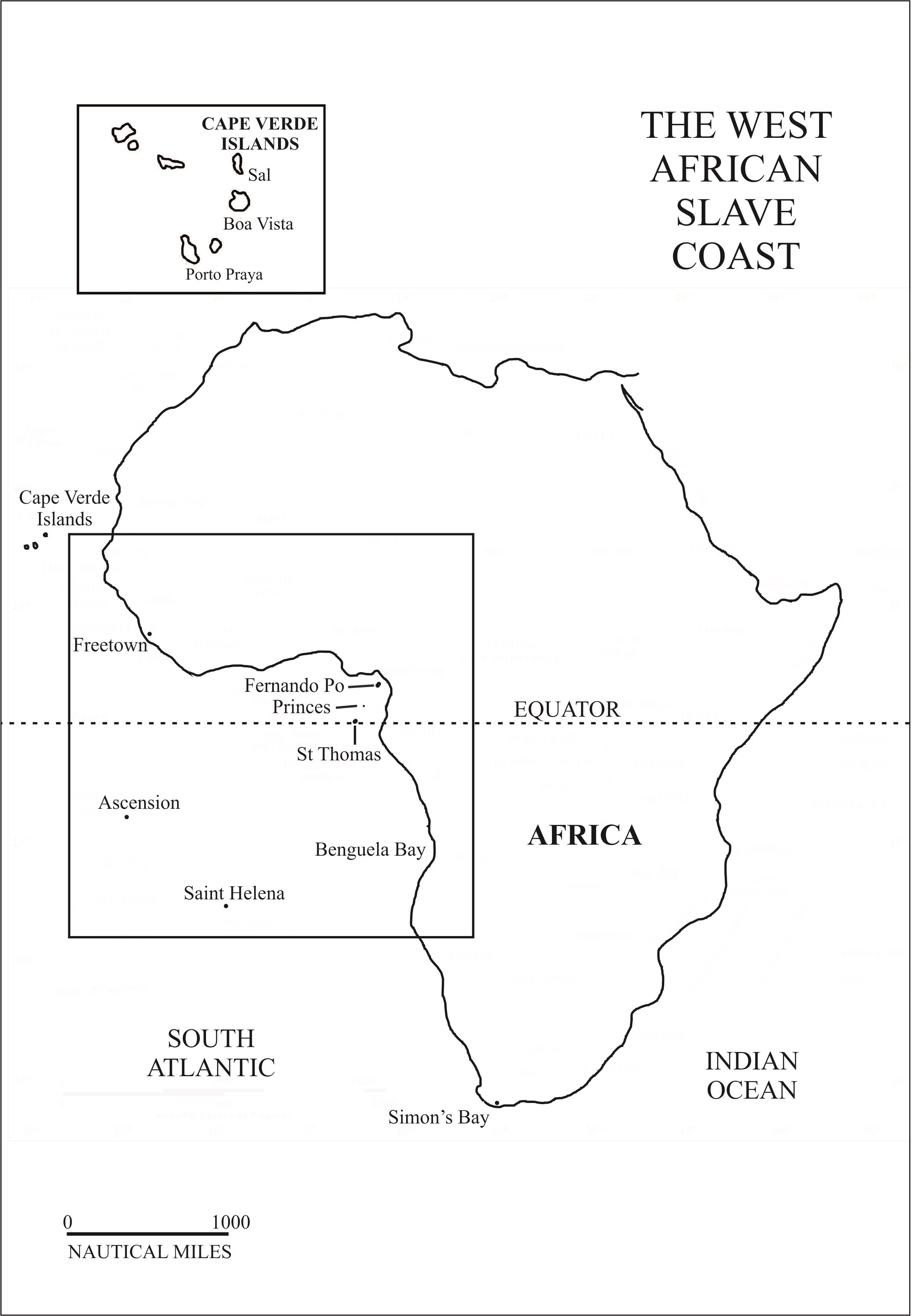
1802 Slave trade made illegal in Denmark.
1807 Abolition Act: Following a lengthy campaign spearheaded by William
Wilberforce, slave trade made illegal in Britain.
1808 Handful of Royal Navy cruisers sent to west coast of Africa on ‘Particular
Service’.
1810 First Anglo-Portuguese treaty: Portugal to load slaves at her own ports only.
1811 Slave trading made a felony in Britain.
1813 Treaty between Britain and Sweden for abolition of slave trade
1814 Slave trade now illegal in Holland.
1815 Second Anglo-Portuguese treaty. Portugal only permitted to trade slaves south
of the equator.
1817 Spain prohibits slave trading north of the equator.
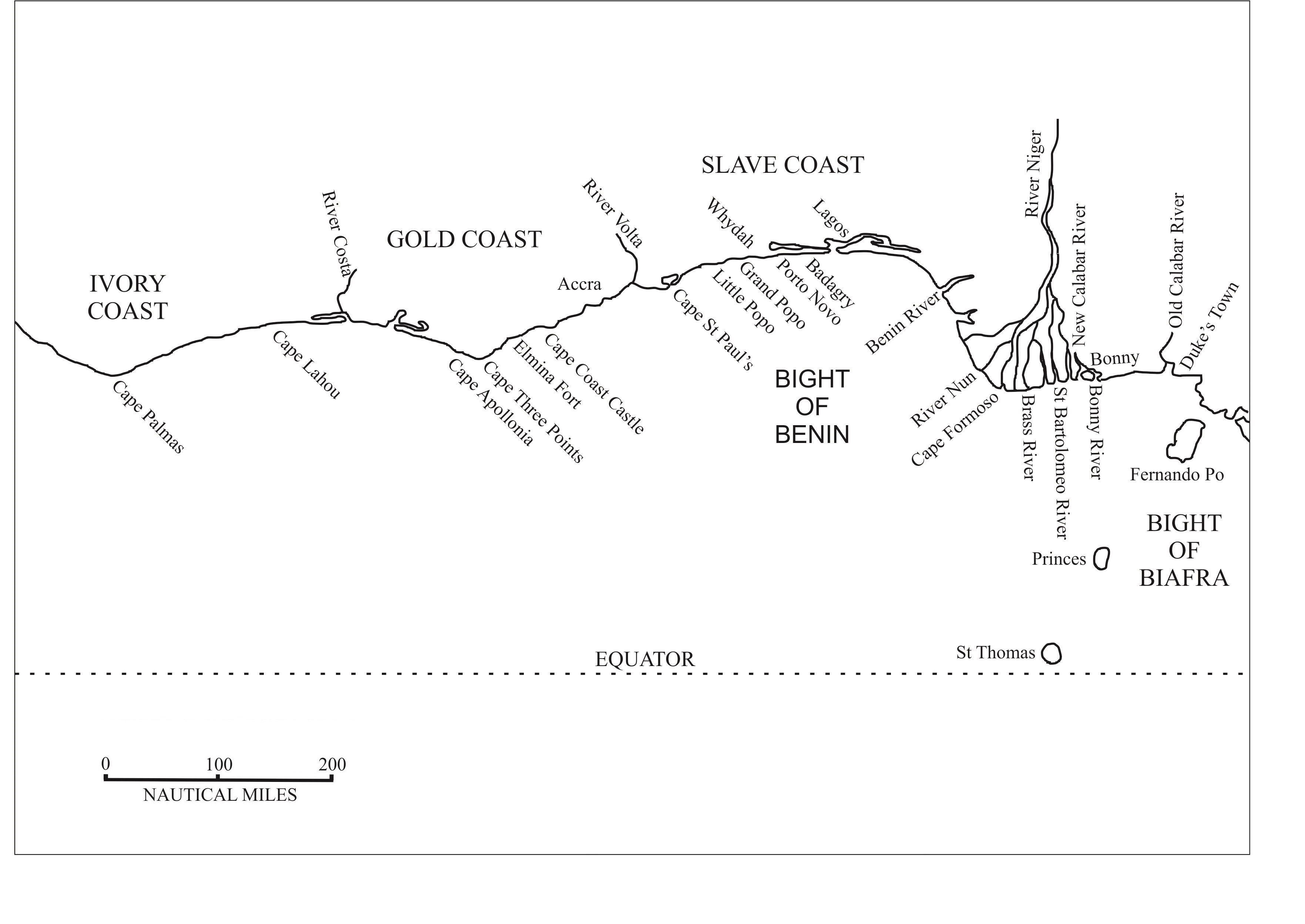
1818 Anglo-Dutch, Anglo-Spanish and Anglo-Portuguese Mixed Commissions open
in Sierra Leone.
1819 Formation of West Coast of Africa Squadron.
1820 Slave trade illegal in Spain, now prohibited both north and south of equator.
Slave trade deemed to be equal to piracy in the United States.
1822 Holland and Spain agree that empty vessels can be condemned on
proof they have carried slaves.
1822 Equipment Clause accepted by Holland: Additional planks for forming a deck,
hatches with open gratings, excess water and more mess tubs than required by
the crew all now accepted as proof of a vessel’s engagement in the Trade.
1824 Slave trading deemed to be equal to piracy in Britain.
1826 Anglo-Brazilian treaty: slave trade to be illegal after 1829.
1831 West Coast and Cape squadrons combined.
1833 Slavery abolished throughout the British Empire.
Death of William Wilberforce.
1835 Equipment Clause accepted by Spain.
1839 Equipment Clause accepted by Portugal.
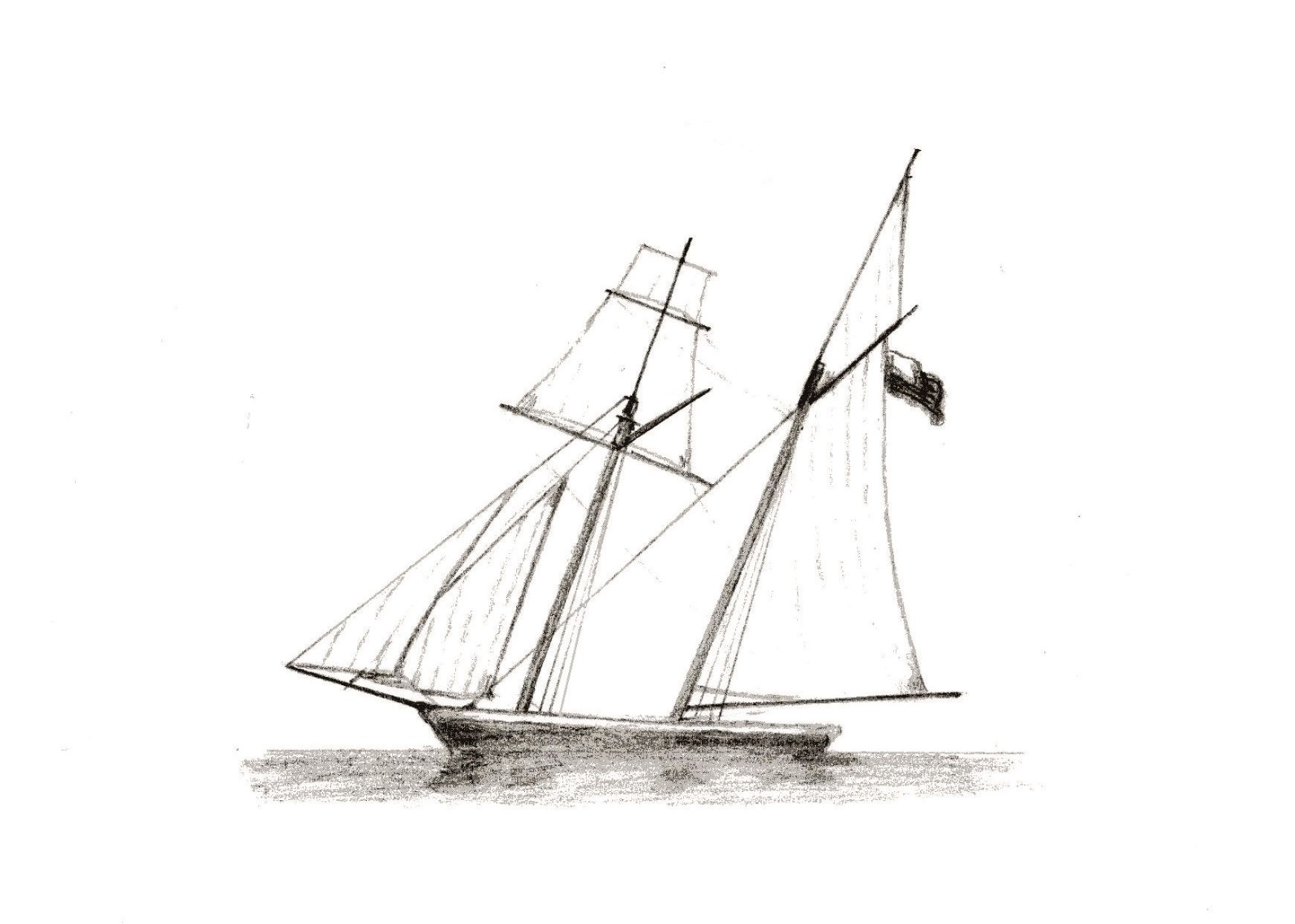
1840 West Coast and Cape squadrons separated.
Captain Denman frees around 850 slaves awaiting transportation in the Gallinas
River and destroys the enclosures (barracoons) in which they had been kept.
American cruisers arrive off west coast of Africa.
1841 First anti-slavery treaties made between Royal Navy commanders and African
chiefs
1842 Anglo-Portuguese Treaty: additional Mixed Commissions formed in Luanda,
Boa Vista and Cape Town.
Webster-Ashburton Treaty: regular American squadron established, good
Anglo-American co-operation.
Accidental publication of Lord Aberdeen’s letter regarding the possible
illegality of the Gallinas action causes a setback to the campaign.
1845 Brazil declares that the treaty of 1826 has lapsed and closes the Mixed
Commission at Rio.
Murder of British prize crew on board slave ship Felicidade.
Felicidade trial: crew acquitted of murder on appeal.
Hutt’s Select Committee appointed to investigate effectiveness of suppression
campaign.
1848 Buron v Denman trial: Denman sued for damages by slave trader Buron. Court
finds in favour of Denman.
1849 Commodore Hotham’s action against the Gallinas barracoons.
1850 Hutt’s motion calling for an end to anti-slavery patrols defeated in Parliament.
British patience with Brazil ends. Admiral Reynolds’ squadron arrests slave
ships in Brazilian waters.
Brazil enforces new anti-slave trade legislation.
1851 British capture of Lagos, the last slaving hotspot in west coast of Africa.
1853 Brazilian slave trade effectively at an end.
1861 British annexation of Lagos.
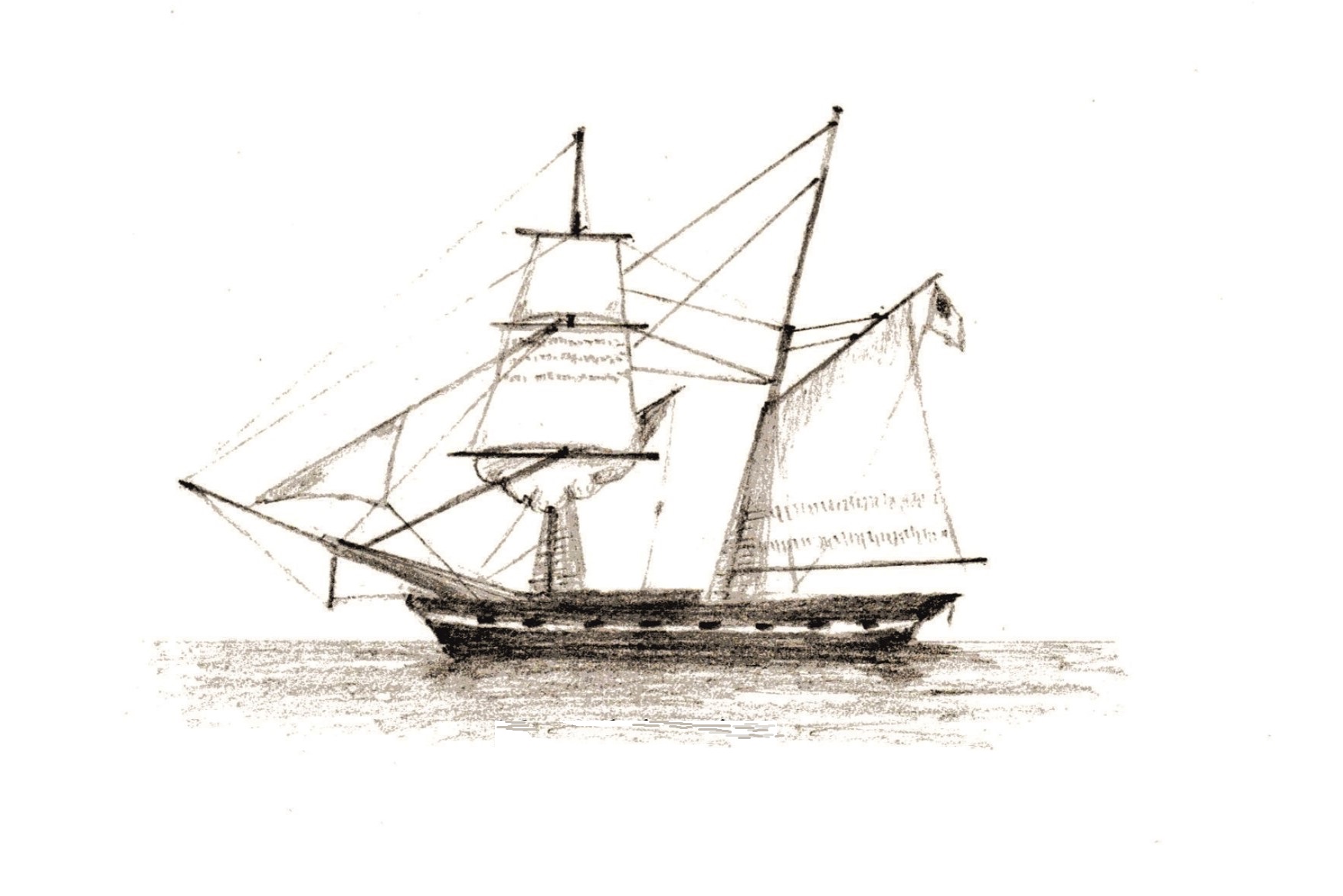
1862 Lincoln proclaims slavery to be abolished in the Confederate States.
1862 Anglo-American treaty: mutual right of search and creation of Mixed
Commission courts.
1865 Slavery abolished throughout United States.
1867 Amalgamation of West Coast of Africa squadron with Cape Squadron.
1869 Abolition of slavery in Cuba.
1871 Closure of the courts at Sierra Leone.
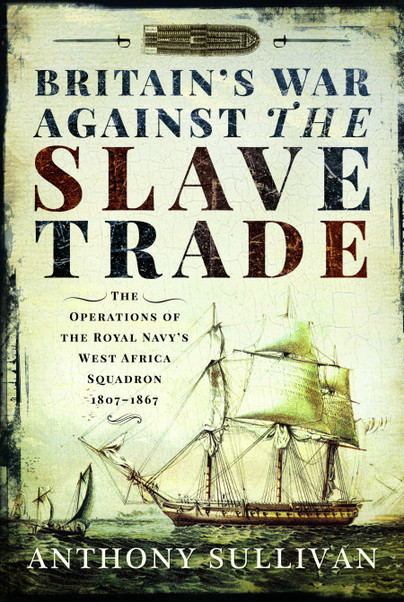
Learn more in Britain’s War Against the Slave Trade, which you can order here.

